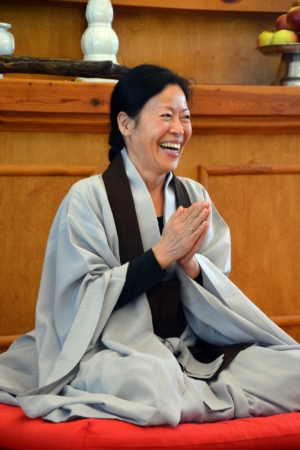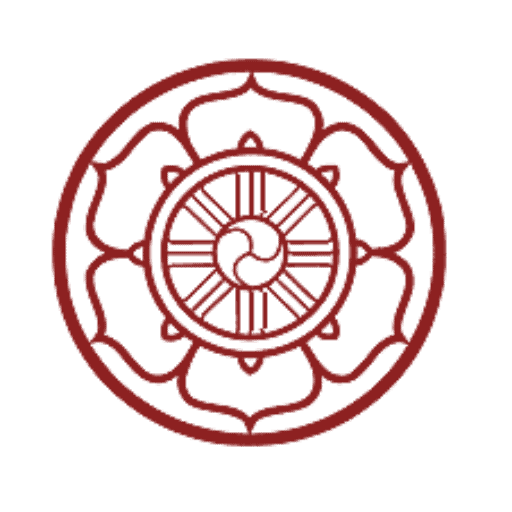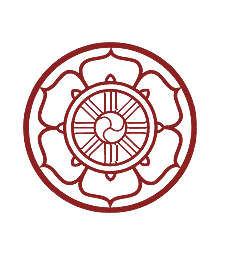
Kwan Um Zen School
Germany
Types of retreats
Why take part in a retreat?
For those of us who own vehicles, it’s a given that the more complex the vehicles are, the more frequently maintenance is required on them. While a bicycle needs to be adjusted every now and then, it is usually not too critical if such an adjustment is missed. A car requires much more care and an airplane requires constant attention.
A retreat can be seen as a kind of maintenance for one’s own practice, one’s own life. The more complex such a life is, the more often a retreat is necessary. Ironically, the more complex one’s life is, the more difficult it is to find time and space for such a retreat. While monastics usually attend retreats frequently, it is those of us who have careers, spouses, children and other commitments who need the experience of retreat more. Regular attendance at retreats is an important part of resident training at Zen centers. It can become an even more important part of the education of those of us who do not have the daily support of a practicing community.
SanghaZenDay
During a Sangha Zen day we practise meditation for one day from about 9 a.m. to 5 p.m., sitting, chanting, walking and doing prostrations.
Zen day with master
On a Zen day with a master, the program of a Sangha Zen day is supplemented by Kong-An interviews.
Yong Maeng Jong Jin (from 2 to 7 days)
The intensive Zen meditation retreat, traditionally known as Yong Maeng Jong Jin (“sitting like a tiger before jumping”), is a period of sustained practice designed to help us realize our true nature and benefit all beings. These periods of concentrated practice are at the heart of Zen training and are suitable for both beginners and experienced practitioners. They are an excellent opportunity to free the mind from habitual thinking and support the practice in everyday life. The daily routine, conducted in silence, includes sitting, chanting, walking and bowing meditation as well as meditation at work. Vegetarian meals are taken as part of a formal meal. At regular intervals, YMJJ are led by a Zen Master or Ji Do Poep Sa Nim (“Dharma Master”) who gives talks and Kong-an teaching interviews.
Kido singing retreat
A Kido (“energy path”) is an intensive meditation retreat where the chanting of sutras is used as a means to clear the mind and achieve true self. Chanting is a powerful way to quickly focus energy and directly experience the full potential of our original nature. For example, participants chant the name of the Bodhisattva of Compassion, “Kwan Seum Bosal”, while beating the rhythm on various percussion instruments.
Kyolche: traditional winter and summer retreats
A Kyol Che (“coming together”) is a longer, intensive meditation retreat. It is modeled on the traditional winter and summer retreats in the Zen mountain temples of Korea. Kyol Che is a time to examine your life closely. From this experience, a clearer, more compassionate direction and more harmonious relationships with all aspects of life can emerge.
The daily routine takes place in silence and includes sitting, singing, walking and bowing meditation as well as working meditation. Meals are taken in silence in traditional temple style. The retreat leader conducts Dharma talks and Kong An teaching interviews.

“When walking, standing, sitting, lying, speaking,
silence, moving, stillness.
At any time, in any place,
without interruption – what is that?
One mind is an infinite number of kalpas.”
Schedule of a Zen day (Berlin) (exemplary)
Procedure of a YMJJ day(example)
The temple rules of Zen Master Seung Sahn (from page 53 of the sutra booklet):
Subscribe to our newsletter: You will receive announcements and information about retreats and other events of the Kwan Um Zen School Germany.

